
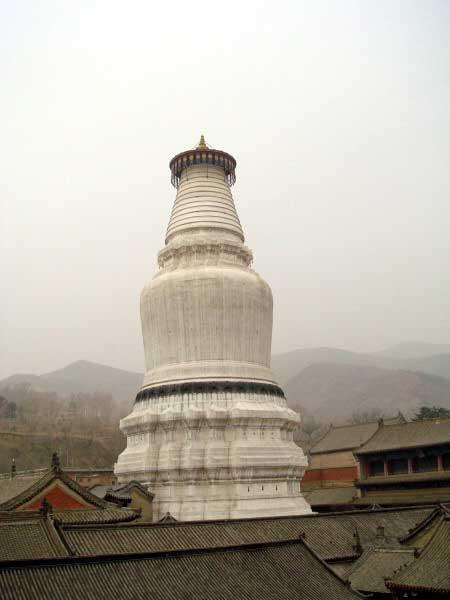 |
| Mount Wutai (CNTV) |
It is generally believed that Buddhism was spread to Mount Wutai in the Eastern Han Dynasty. According to historical books, in December of the Yongping 10th year (67 A.D.), the emissary who was sent to the western regions to seek Buddhist scriptures by the Emperor Hanming returned to Luoyang with two eminent Indian monks named Kashyapa-Matanga and Gobharana.
In the Yongping 11th year, a temple was built on the southern side of the royal path outside the Xiyong Gate of Luoyang City for the two eminent Indian monks to live. In order to memorialize the white horse which transported the Buddhist scriptures (Sutra of Forty-two Chapters) and statues, the temple was named the White Horse Temple.
In the Yongping 11th year, Kashyapa-Matanga and Gobharana went to Mount Wutai (called Qingliang Mountain at that time) from Luoyang. Since the dagoba of King Ashoka had been found in Mount Wutai many years ago and since it was also the place where the Bodhisattva Manjusri once lived, they wanted to build a temple there. However, the mountain was a Taoist holy place, and therefore the two monks were quite unwelcomed. So, they reported the situation to Emperor Hanming. In order to distinguish whether Taoism or Buddhism was better, the Han government decided to let the monks and Taoists give practical shows, demonstrations and verifications. Therefore, the two sides made an agreement to burn their scriptures to compete. (It is said that the burning site is the present Scripture Burning Platform in Xi'an.) The result was that all the Taoist scriptures were burnt to ashes, but the Buddhist scriptures were not damaged.
【11】 【12】 【13】 【14】 【15】 【16】 【17】 【18】 【19】 【20】
【21】




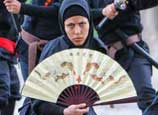
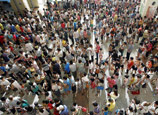
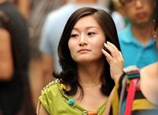


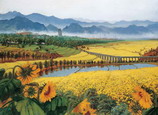








 Rainstorms flood more than 10,000 cars in underground garages in Wuhan
Rainstorms flood more than 10,000 cars in underground garages in Wuhan


![]()
